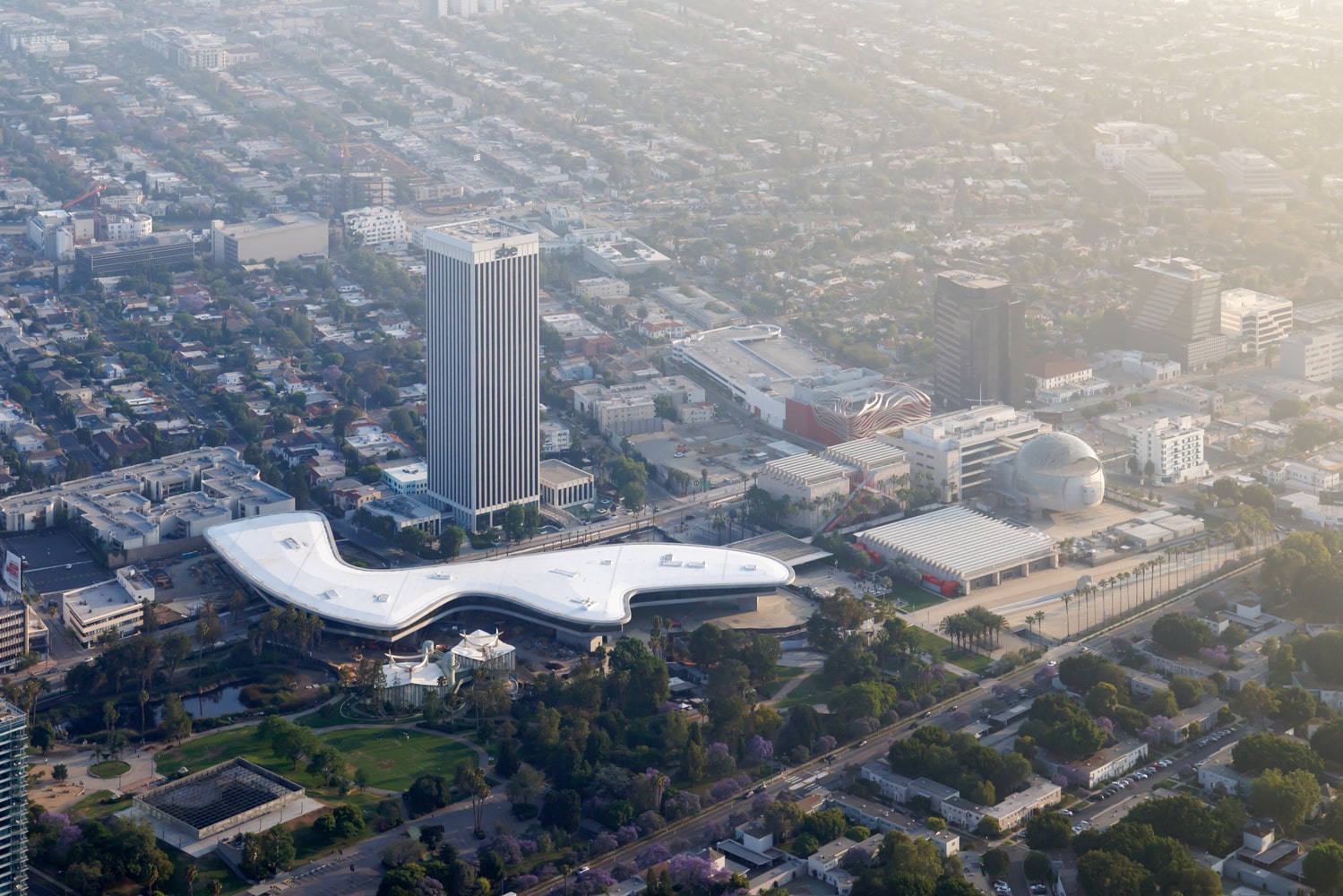- Home
- Articles
- Architectural Portfolio
- Architectral Presentation
- Inspirational Stories
- Architecture News
- Visualization
- BIM Industry
- Facade Design
- Parametric Design
- Career
- Landscape Architecture
- Construction
- Artificial Intelligence
- Sketching
- Design Softwares
- Diagrams
- Writing
- Architectural Tips
- Sustainability
- Courses
- Concept
- Technology
- History & Heritage
- Future of Architecture
- Guides & How-To
- Art & Culture
- Projects
- Interior Design
- Competitions
- Jobs
- Store
- Tools
- More
- Home
- Articles
- Architectural Portfolio
- Architectral Presentation
- Inspirational Stories
- Architecture News
- Visualization
- BIM Industry
- Facade Design
- Parametric Design
- Career
- Landscape Architecture
- Construction
- Artificial Intelligence
- Sketching
- Design Softwares
- Diagrams
- Writing
- Architectural Tips
- Sustainability
- Courses
- Concept
- Technology
- History & Heritage
- Future of Architecture
- Guides & How-To
- Art & Culture
- Projects
- Interior Design
- Competitions
- Jobs
- Store
- Tools
- More
500 Streets in Paris Become Car-free: Pedestrian-friendly Transformation

A vote was recently held in Paris to determine who the streets should primarily serve: cars or people. In a move that signals a major shift in urban policy, Parisians voted last month in favor of banning cars from 500 streets across the city. The referendum concluded with 65.96% of voters supporting the proposal to open these roads exclusively to pedestrians, cyclists, and new green spaces, reflecting a growing appetite for a more sustainable and people-centered urban environment.

The city’s mayor, Anne Hidalgo, has long championed the idea of transforming Paris into the world’s first car-free megacity. Under her vision, the city would become a global model for pedestrian-friendly living, offering more room for walking, cycling, and community gatherings, while reducing pollution and noise. For urban planners, landscape architects, and policymakers worldwide, Paris is fast becoming an inspiring case study in reimagining dense metropolitan spaces for a greener future.
However, the decision has not been without controversy. While a significant majority 65.96% supported the plan, 34.04% voted against it. Moreover, the low voter turnout raised questions about the breadth of public support: only 4.06% of eligible voters participated in the municipal consultation. Critics argue that such a sweeping transformation should require broader public engagement, while supporters see the move as a bold step toward urgently needed environmental action.

Regardless of the debate, the results of the vote make it clear that major changes are on the horizon for Paris. Residents have effectively greenlighted not only the creation of 500 car-free streets but also the development of new public spaces featuring green energy-powered sports facilities and 5G-based weather alert systems. The aim is to replace traffic noise and air pollution with vibrant communal spaces where Parisians can meet, relax, and enjoy a healthier urban life.
Although the specific streets to be redesigned have not yet been officially announced, city officials have stated that the long-term goal is to reshape Paris into a city fully optimized for cycling and walking. This transition is expected to unfold gradually, with careful planning to balance the needs of residents, businesses, and visitors.

Paris’s initiative is part of a broader movement sweeping across Europe. Cities are adopting ambitious policies to lower emissions and reclaim public spaces from motor vehicles. Norway, for example, is on track to become the first country where only electric vehicles are allowed on the roads. Amsterdam is making significant progress in its goal to have only electric-powered boats operating on its iconic canals. Following the examples set by France, the Netherlands, and Norway, many other European countries are expected to take bolder steps toward expanding car-free zones and promoting the use of electric vehicles in the near future.
Paris’s bold experiment offers a glimpse into what the future of urban living could look like: greener, quieter, and more centered around people rather than cars.
- Anne Hidalgo car-free Paris
- Car-free megacities
- Electric vehicles Europe
- European cities car-free
- Future of urban mobility
- Green city initiatives Europe
- Paris bike-friendly city
- Paris car-free streets
- Paris environmental policies
- Paris green spaces initiative
- Paris green urban planning
- Paris low-emission zones
- Paris pedestrian and bike lanes
- Paris pedestrian city
- Paris public space redesign
- Paris referendum 2025
- Paris street transformation
- Paris urban sustainability
- Sustainable city projects Paris
- Urban planning in Paris
Submit your architectural projects
Follow these steps for submission your project. Submission FormLatest Posts
Nashville’s $2.1B Nissan Stadium Approaches Final Construction Stage
Nashville’s new Nissan Stadium is nearing completion, bringing advanced engineering, an all-weather...
2025 LA Architectural Awards Celebrate Community, Recovery, and Design Excellence
The 55th LA Architectural Awards spotlight projects that support wildfire recovery and...
Jebel Ali Beach: Dubai’s Future Longest Public Beach
Dubai is transforming Jebel Ali Beach into its longest public beach, introducing...
Frank Gehry, Visionary Architect, Passes Away at Age 96 — A Reflection on His Legacy
Frank Gehry died on December 5, 2025 at his home in Santa...












Leave a comment